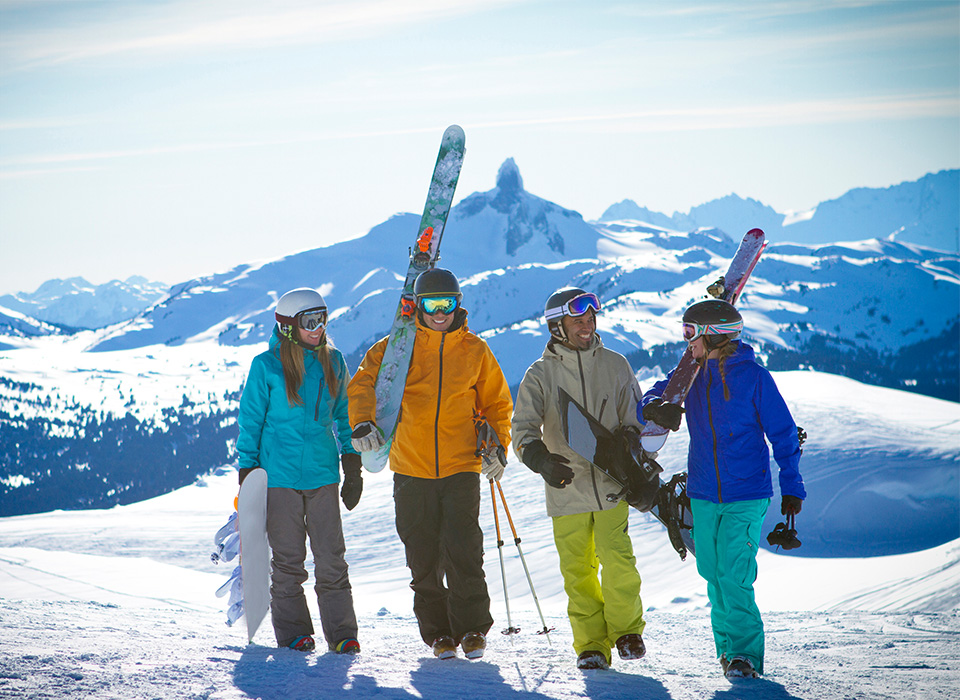It might be cold, rainy, and windy, but it’s a still great time to get outside and get active. A lot of people make the most of the cold weather by ice skating, sledding, skiing, and snowboarding. Like most sports, you must stay safe and healthy when participating in winter activities. A lot of winter sport injuries can be prevented with the appropriate precautions.
Concussions
Concussions are common in many sports, but with the extra danger that the ice and snow bring, they can be more frequent during the winter. Concussions are caused by a direct blow to the head or torso, or an indirect blow to the brain caused by sudden deceleration, such as falling on the ice. Since surfaces can be slippery during the winter, athletes may be more likely to fall and hit their head. Signs of a concussion include blurry vision, dizziness, vomiting, fatigue, and other symptoms.
Knee Injuries
Knees absorb most of the shock during everyday activities such as walking. When participating in sports such as skiing and snowboarding, there is a lot more stress put on the knees. Knee injuries are one of the most common injuries in winter sports. One of the major stabilizing ligaments in the knee, the anterior cruciate ligament (ACL), can be injured during winter sports that involve rapidly changing direction, stopping, or twisting the knee, such as skiing. A fall or bending your knee incorrectly can cause injuries such as a torn ligament, fractured kneecap, and knee dislocation.
Fractures/Sprains
Ankle, wrist, finger, and clavicle fractures are common when participating in winter sports. When you slip and fall you may use your hands to try to catch yourself, causing a sprain or break in your wrist or fingers. Ankle sprains and fractures are more commonly seen in snowboarding because of the soft boots. A fall on the hard-packed snow can cause a fracture to the clavicle. Symptoms of a sprain includes pain, swelling, and bruising. With a fracture, you may experience more intense pain and notice the area looks slightly deformed.
Dislocated Shoulder
When you fall and hit a hard surface, such as ice or snow, you risk the dislocation of your shoulder. This injury can also occur if you attempt to reach out and catch yourself when you are falling or if you’re involved in a collision. A dislocated shoulder is common among skiers and hockey players. Symptoms include bruising, redness, extreme pain, swelling, and numbness or tingling in the hand and fingers.
Skier’s Thumb
As the name suggests, skier’s thumb is most common among people that participate in skiing. This injury occurs when you fall on an outstretched hand while still gripping the skier’s pole. When your hand strikes the snowy surface, the sudden force to the thumb can cause it to be injured. Hard-packed snow makes this condition more likely. While people who participate in other sports run into this injury less often, it is very common among skiers.
Tips to Avoid Injury
- Warm-up before getting active.
- Wear protective gear.
- Make sure your gear fits correctly.
- Take breaks, and don’t push yourself if you’re tired.
- Follow the proper technique.
- Take lessons before participating in winter sports.
- Train and improve core strength before engaging in these sports.
- Tuck and roll onto one side of your upper back with balled fists if you fall.
- Keep up to date with weather conditions.
- Stay hydrated by drinking lots of water.
